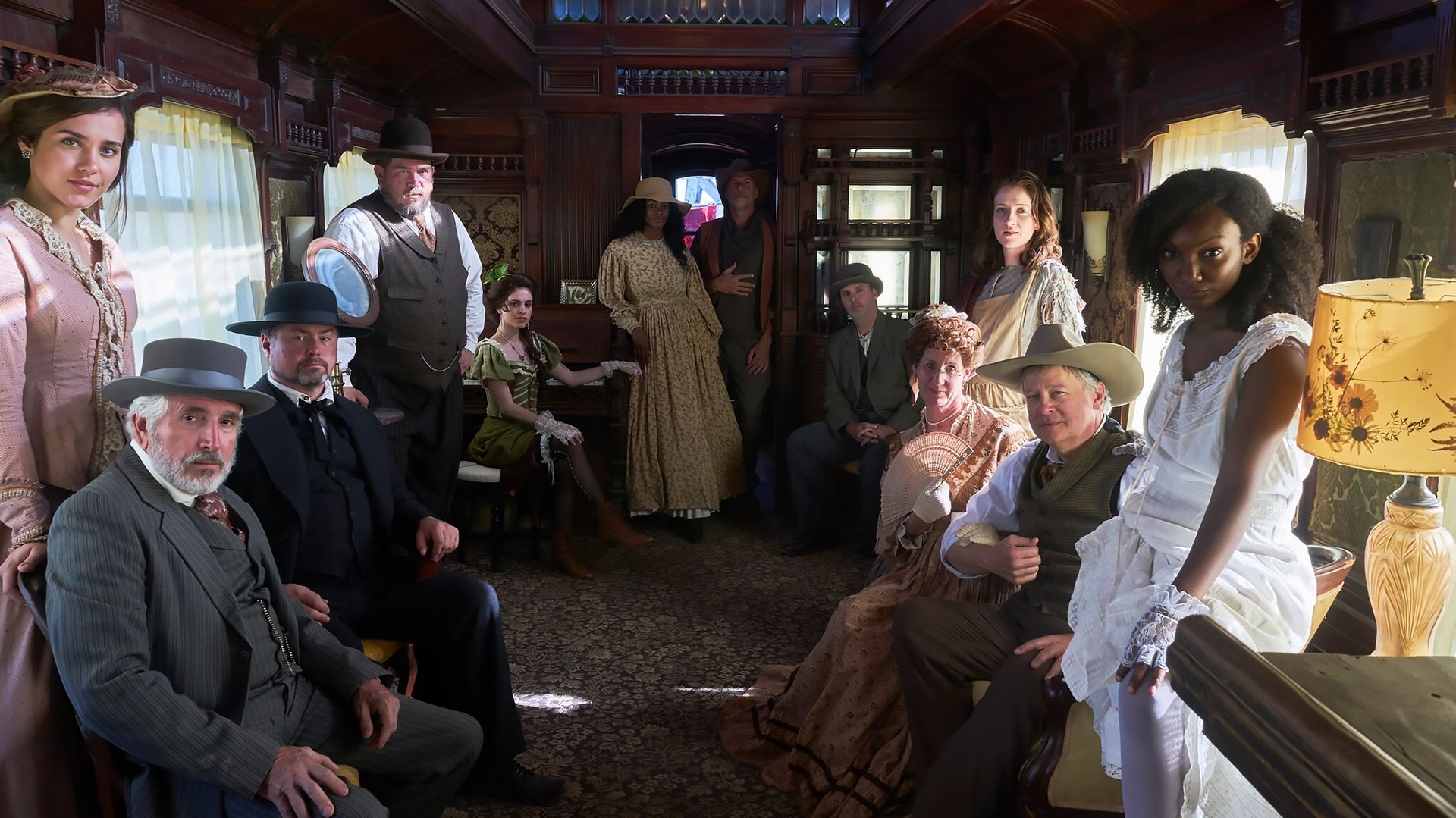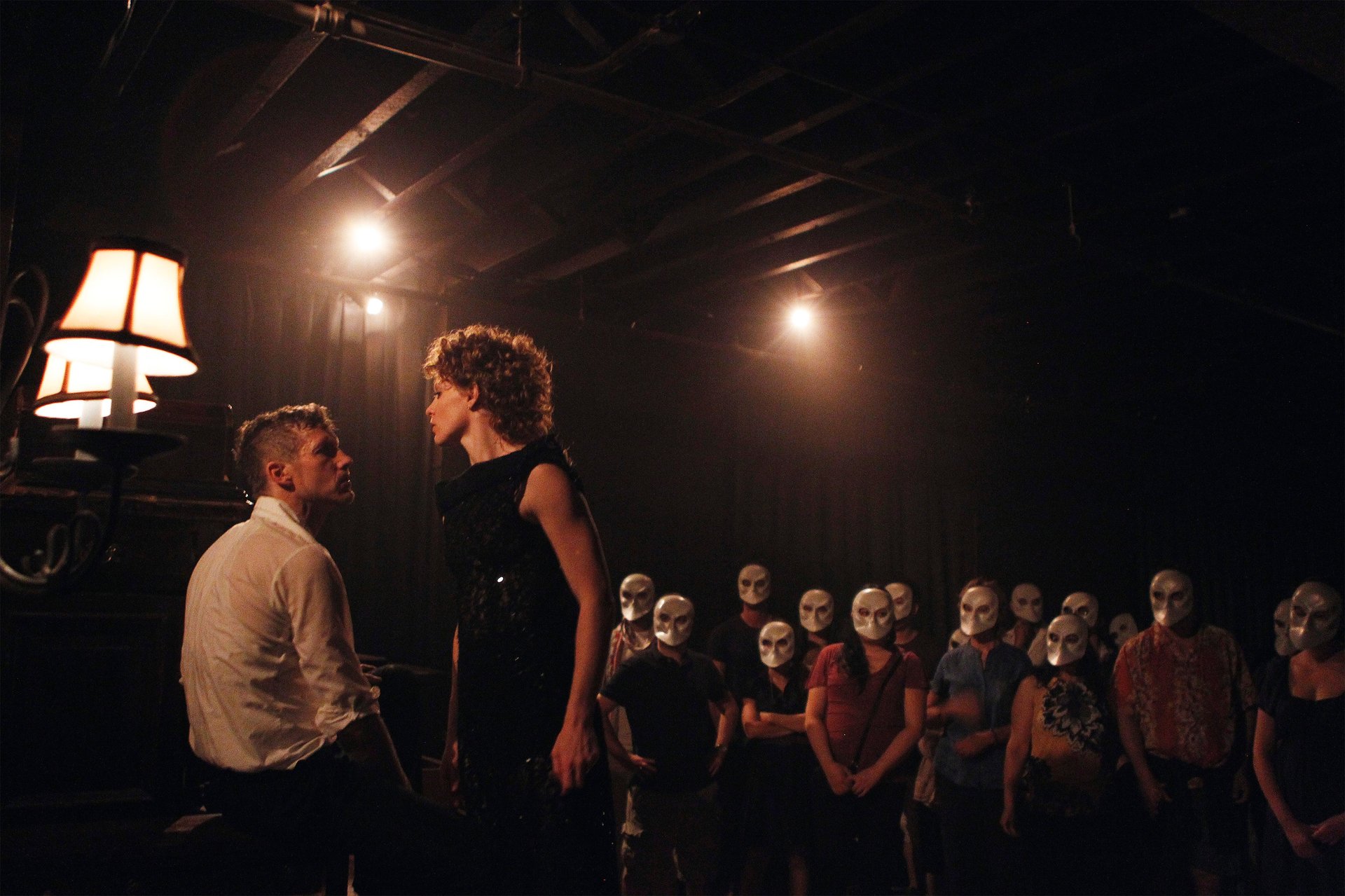An industry built on the suspension of disbelief reveals its secrets to world building
Two decades ago, an article in the Harvard Business Review made a prediction: “We expect that experience design will become as much a business art as product design and process design are today.”


Two decades ago, an article in the Harvard Business Review made a prediction: “We expect that experience design will become as much a business art as product design and process design are today.”
The forecast, introduced along with the concept of an “experience economy,” was extraordinarily astute. Today, an industry built on the suspension of disbelief is flourishing. Theme parks, haunted houses, escape rooms, immersive theater—in which the audience is integrated into the performance—and even themed bars and restaurants are capitalizing on experience as entertainment. Rough estimates suggest more than 700 new or updated such immersive experiences were established in North America last year. The immersive-entertainment industry, including theme parks, was valued at nearly $50 billion in a 2019 industry report.
Providing an environment where participants can put aside skepticism and dive into a surreal story or quirky environment means companies must invest heavily in design. That means different things for different sectors of the experience economy.
London-based Punchdrunk creates elaborate, site-specific shows during which the audience can freely explore a detailed set while actors perform around them. Their flagship production is Sleep No More, an interactive, film-noir-like take on Macbeth that plays out over three hours, five floors, and 100 rooms of a fictitious hotel. It has run continuously since 2011 in New York, and recently opened in Shanghai.

Much of the company’s success comes from its award-winning ability to build compelling, exhaustive worlds that easily immerse an audience. They’ve even acquired super fans—people that return again and again to unravel narrative complexities and discover carefully choreographed surprises.
Providing individual experiences at a large scale is obviously a challenge. Punchdrunk aspires to create an environment that allows hundreds of people a night to feel like they each have had a unique and highly personalized performance.
“It’s kind of like creating a playground for people to explore, but trying to craft at the same time how they’re exploring it and what we’re wanting them to focus on,” explains Punchdrunk’s design director Livi Vaughan. “Everyone’s experience is a little different depending on where they go and what they look at.”
Many Punchdrunk shows begin with what they call a “decompression maze.” It’s a dimly lit path that transitions the audience from the outside world and their everyday lives into the performance space and world of the characters. Vaughan likens it to a palette cleanser.
Once the design is complete, the final layer is the performers. But Vaughan notes that at Punchdrunk, the environment is an important character in itself. “Lighting, sound, set design, performance—they all have equal weight.”
While production companies like Punchdrunk design previously unknown environments, those in the theme park and advertising industries have a trickier task. Companies seeking to augment beloved brands like Star Wars, Harry Potter, Blade Runner, and Game of Thrones must design worlds with which millions of fans already have a personal connection.
MyCoToo makes a business out of this challenge, and collaborates widely to produce marketing experiences for well-known brands. Last year, they teamed up with Giant Spoon to create a Game of Thrones interactive experience for HBO at the South by Southwest Festival in Austin. The year prior they did the same with Westworld.
“Look at Game of Thrones. This is a show that everybody felt that they had ownership of because they spent ten years with it,” says David Wally, the company’s Chief Creative Officer. “When you have a situation like that you’re sort of doomed to know that you’re not going to be able to please everybody.”
When the Westworld experience debuted in an existing ghost-town outside Austin, they certainly pleased many. Guests explored a recreation of Sweetwater, the fictional Western town that plays prominently in the show, discovering clues and easter eggs about the show’s next season. The production lasted three days and saw around 4,000 visitors.
While Westworld itself was well suited to a brand-based experience—it’s about a highly immersive theme park, after all—the production designers took pains to make the world as accurate to the brand as possible.
“We’re allowing them to be inside the thing that they love,” says Wally. So consistency is paramount.
Building such extensive immersive experiences isn’t easy—and it certainly isn’t cheap. But for companies like these, it’s paying off. Punchdrunk’s Sleep No More brought in nearly $5 million in 2017 [paywall] and will soon be tenants in a new creative district in London. The Museum of Ice Cream—an Instagrammer’s paradise that creates “beautiful and shareable environments that foster IRL interaction and URL connections”—earned an estimated $20 million in three years. And immersive art creators Meow Wolf—hailed by some as the Disney of the future—is rapidly expanding from its Santa Fe home base, breaking ground on a $60 million project in Denver, and preparing for installations in Washington and Las Vegas.